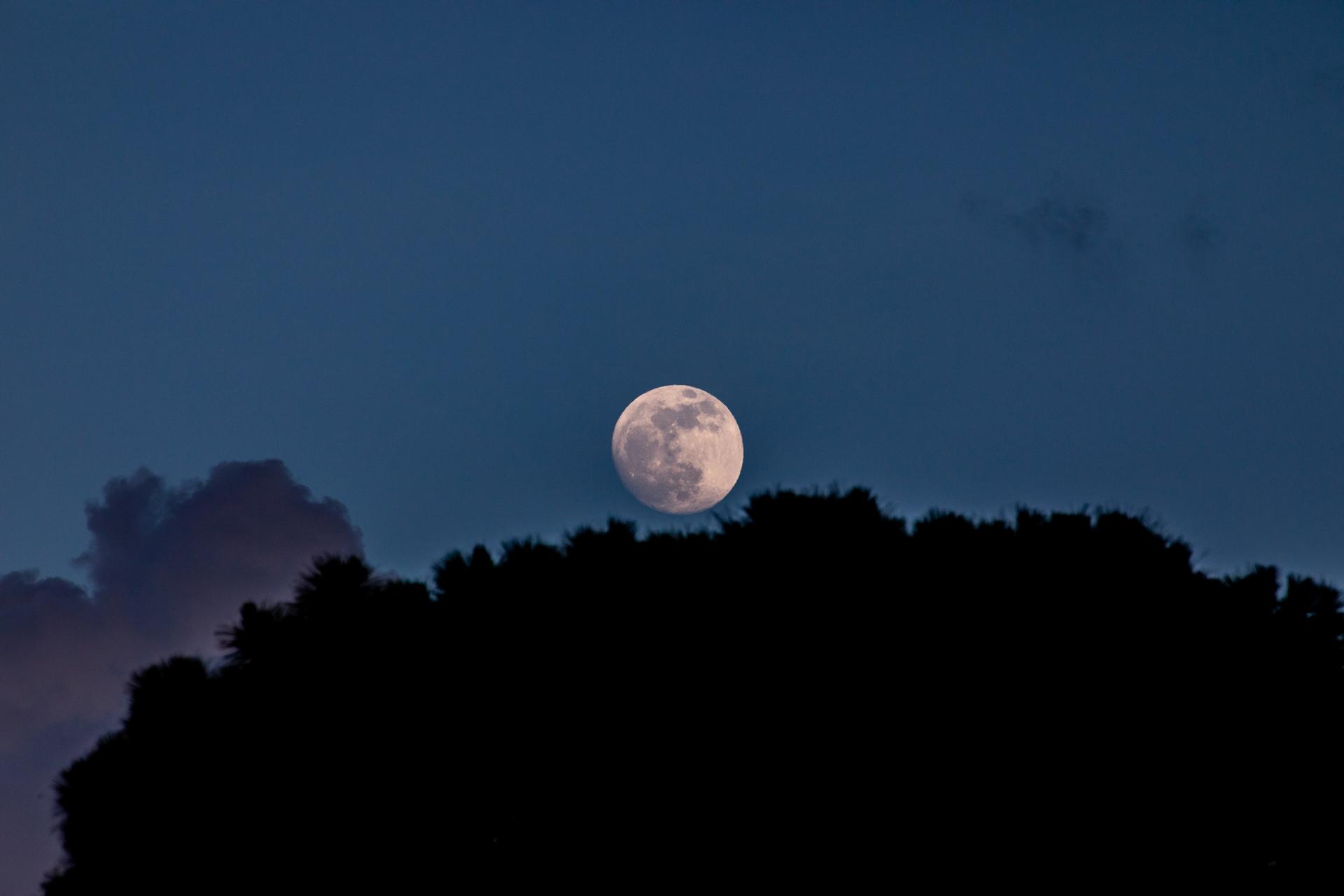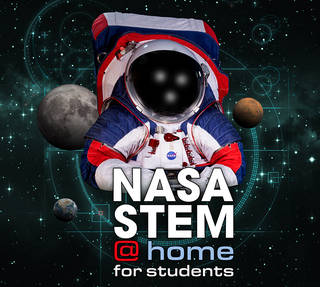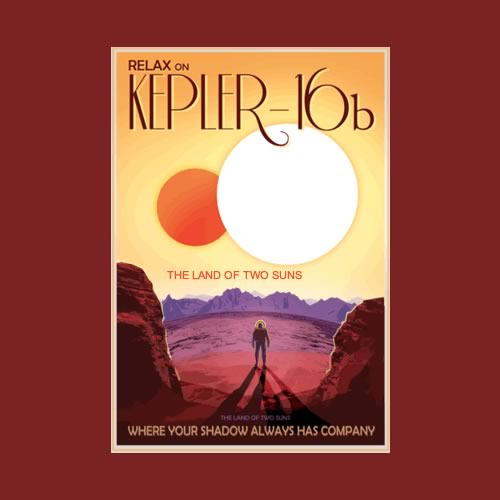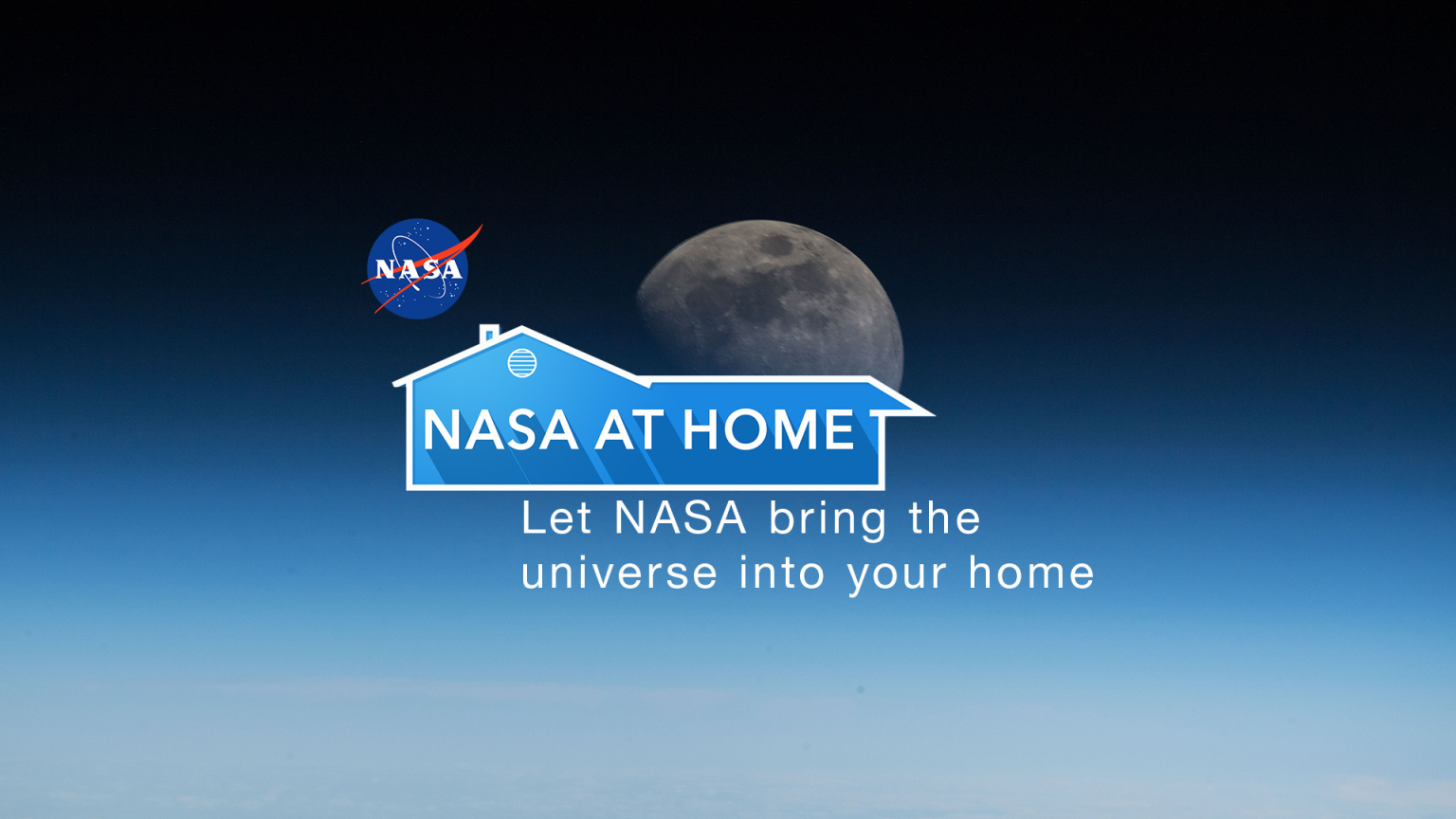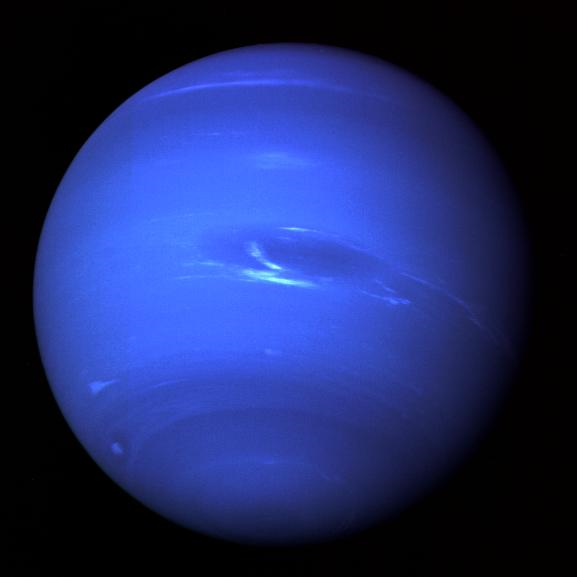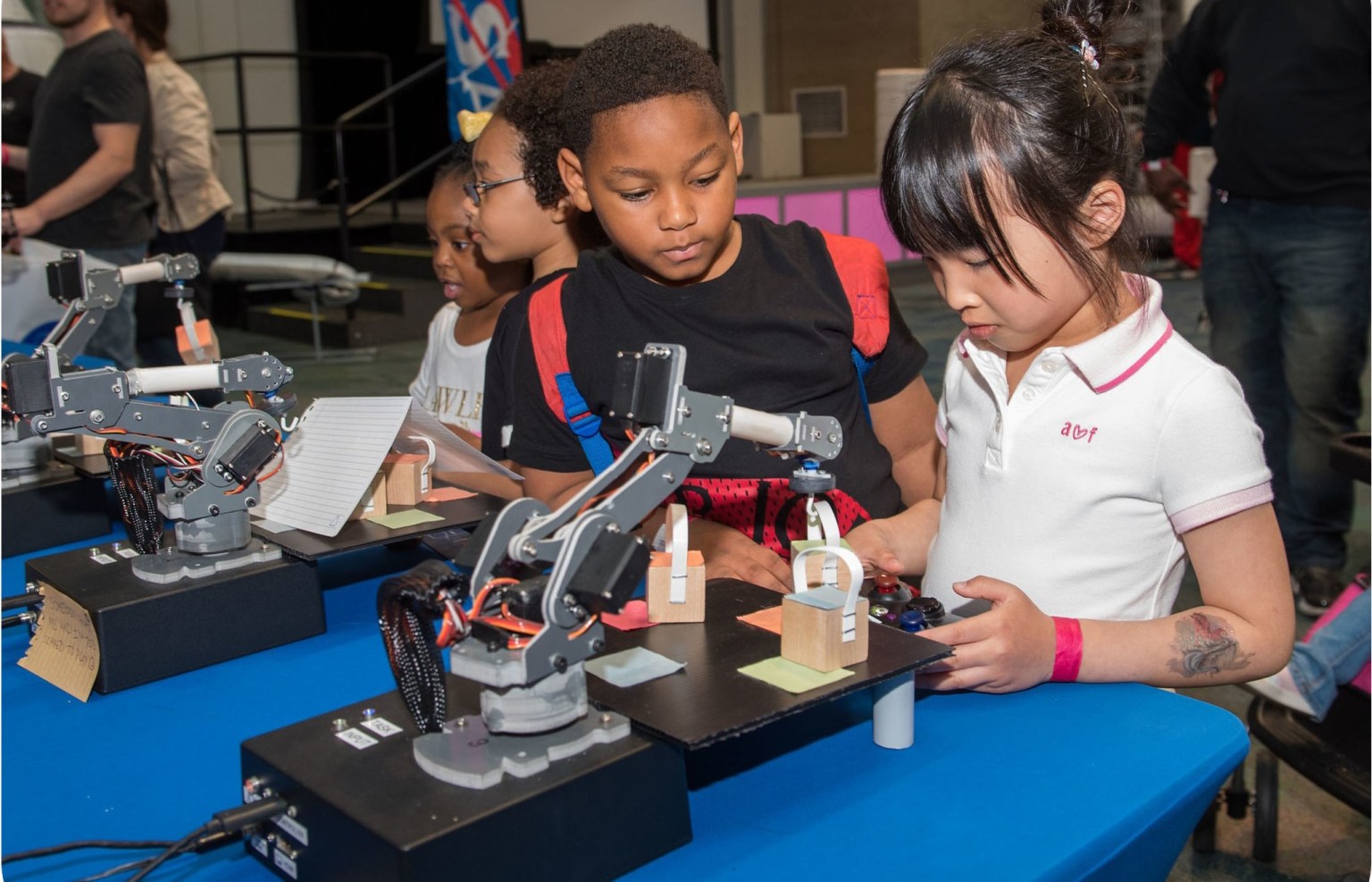Latest Additions
Take Flight with Latest NASA Space Crafts Activities on Aeronautics
General or Multiple Topics
NASA STEM @ Home for Students: Find crafting ideas, science experiments with household items, and videos to watch as a family. Resources by grade: Grades K-4 | Grades 5-8 | Grades 9-12
NASA Science at Home: From formal lesson plans to amazing imagery and stories about how science and exploration are lifting our world. There will also be ongoing opportunities to chat and interact with scientists directly.
NASA’s Space Place: Videos, activities, crafts, and more for kids.
Learning Space with NASA at Home: Activities for a variety of grade levels.
Coloring Books: Activities and coloring pages on a wide variety of NASA topics.
Download NASA apps: The NASA app offers news and multimedia from around the agency; other applications focus individual NASA projects or research areas.
Wavelength: A broad collection of materials about NASA science missions and their research.
Astronomy and Planetary Exploration
Code a Mars Helicopter Video Game: Create a video game that lets players explore the Red Planet with a helicopter like the one going to Mars with NASA’s Perseverance rover.
Dial-a-Moon: Download a high-resolution image of the Moon for any day in 2023.
Eclipse Activities: Models and activities that explain the science behind eclipses.
Exoplanet Coloring Pages: Use your imagination to explore planets beyond our solar system.
Exoplanet Travel Bureau: Take a trip outside our solar system.
ExoQuest: Travel into deep space in search of strange and unusual planets that lurk beyond our solar system – called exoplanets. Amaze your family and friends with the knowledge you will gain and the discoveries that you will uncover.
Eyes on Exoplanets: There are billions of planets in our galaxy, many in Earth’s size range. Explore these strange, new worlds.
Five Ways to Find an Exoplanet: How do scientists find planets beyond our solar system?
Galaxy of Horrors: A planet where it’s raining glass? Terrifying. Explore it and other bizarre worlds.
Hubble Space Telescope: Online activities to learn about the universe, the amazing images Hubble has taken, and the fascinating history of the telescope.
Hubblesite Resource for Learning: Resources for learners that span the Hubble Space Telescope’s mission, from its beginning to the innovative science it is enabling today.
James Webb Space Telescope Informal Education: Activities and programs to learn about the James Webb Space Telescope.
Learn Science: Educational activities related to NASA’s scientific research for a variety of age groups.
Life and Death of a Planetary System: How did we get here? How do stars and planets come into being? What happens during a star’s life, and what fate will its planets meet when it dies? Come along on this interstellar journey through time and scientific detective work.
Magnetospheric Multiscale Mission: Make a paper model of NASA’s mission to study how the Earth and Sun transfer energy to one another.
Make a Mars Helicopter: NASA’s Perseverance Mars rover, which launched in July 2020, will carry the first helicopter to the surface of Mars. Make a paper model of it.
Make the Most of Your Universe: Activities to learn about the universe from the team at NASA’s Chandra X-ray Observatory.
Moon Observation Journal: A printout you can use to track the phases of the Moon.
NASA’s Universe of Learning at Home: Activities for all ages to engage in the science of NASA astrophysics and astronomy from home.
Parker Solar Probe: At-home activities to learn about the Sun.
Print and Share: Posters and lithographs to download and share from NASA’s Lunar Reconnaissance Orbiter.
Space Travel Hazards Game: Can you travel through space safely? Learn how radiation in space can affect mission success (ages 11 and up; requires a printer.)
The Sun and the Earth: Lesson plans and other materials on the relationship between the Sun and the Earth.
ViewSpace: A web-based collection of digital interactives and hundreds of videos highlighting the latest developments in astronomy and Earth science.
What Did Hubble See on Your Birthday: In 30 years, the Hubble Space Telescope has taken pictures on every date on the calendar. Find it what it was looking at on your birthday.
Earth Science
Aerosols Quiz: Answer a few questions to learn about aerosols — tiny particles suspended in our atmosphere — and the Plankton, Aerosol, Cloud, ocean Ecosystem (PACE) mission.
Globe educational resources: The Global Learning and Observations to Benefit the Environment (GLOBE) Program allows students and the public worldwide to participate in data collection and the scientific process and contribute meaningfully to our understanding of the Earth system and global environment. Resources by grade: K-2 | 3-5 | 6-8 | 9-12.
EO Kids: Activities and materials from NASA’s Earth Observatory, showing how NASA studies the Earth from space, from the air and on the ground.
Global Precipitation Measurement mission education: A variety of educational activities, sortable by type and grade level, on NASA’s mission to study Earth’s water cycle, weather, and climate.
ICESat-2 Fun Zone: Videos, activities and interactives about NASA’s mission to study Earth’s ice-covered regions.
Make Your Own PACE Spacecraft: It usually takes years to build a satellite. This paper model replica of PACE has five parts plus an optional “hinge.” Just like NASA, you will create the final spacecraft model by assembling the parts together…but in a tiny fraction of the time!
The Carbon Cycle Game: Travel along the marine carbon cycle and learn about the ocean. (Grades 9-12)
“Which Phytoplankton Are You?” Quiz: Answer four questions to discover which of these diverse organisms is most like you!
Human Space Flight
How to Draw Artemis: Draw the rocket that will take the next astronauts to the Moon.
Imagine You’re an Astronaut: It can be a little cramped staying inside the space station all that time. Astronauts still need to do their everyday living. Imagine you and your family are astronauts on the space station right now. How would you adapt to the challenges and still keep doing important routines like exercising, learning, and making time for fun?
Space Launch System Activities: Games, coloring sheets, and activities featuring the Space Launch System, the rocket NASA is building to take the first woman and next man to the Moon in 2024.
Space Communications and Navigation: Activities to learn about how NASA communicates with spacecraft and helps them navigate through space.
Space Technology
Get Involved: Contribute your time and expertise to advancing research, solving problems, and potentially winning prizes as a result of your work. Find out all of the ways you can bring NASA into your life through participating in experiences, learning engagements, and activities that you can do on your own.
Space Tech Activities for Junior Explorers: Explore what NASA and our national parks have in common and how space technology benefits your life, parks, and the planet.



























